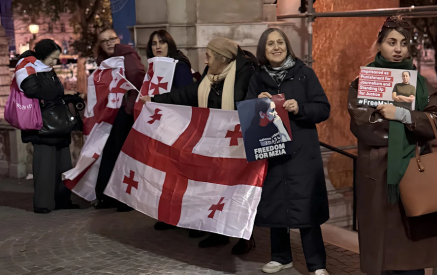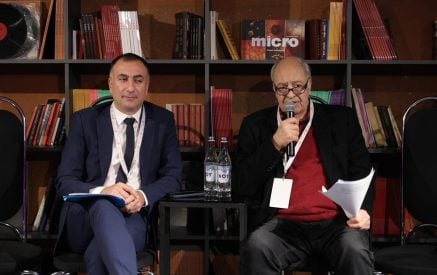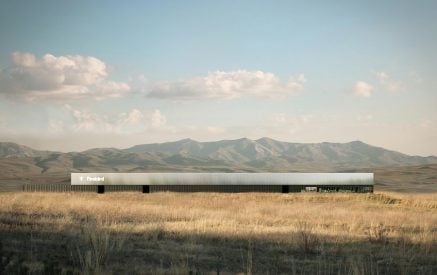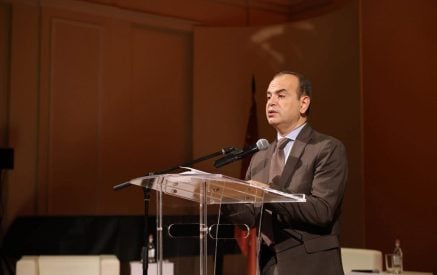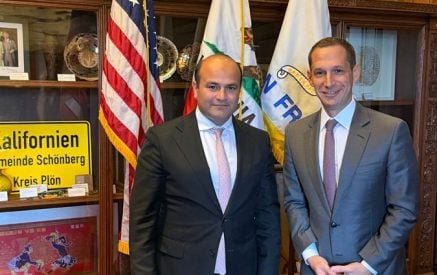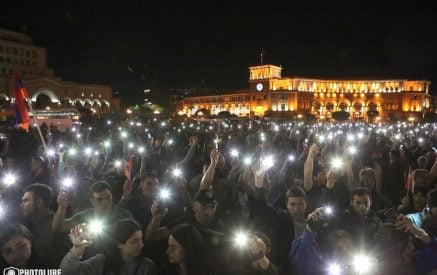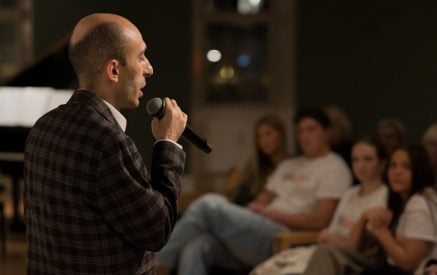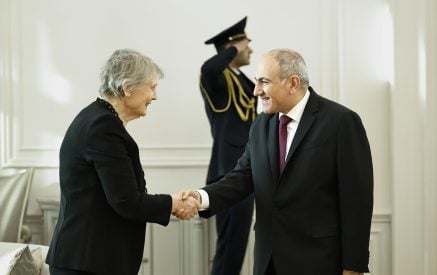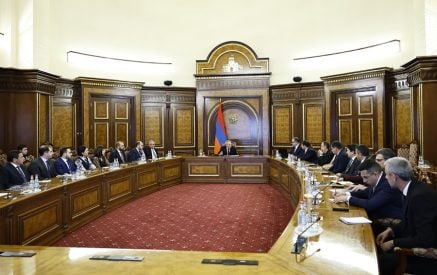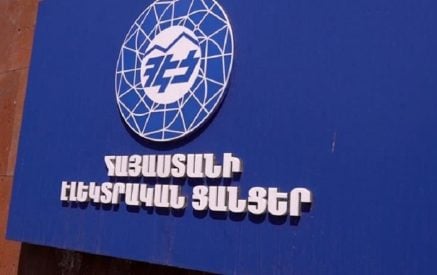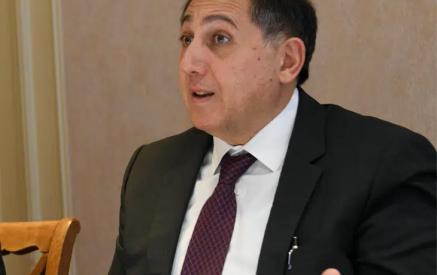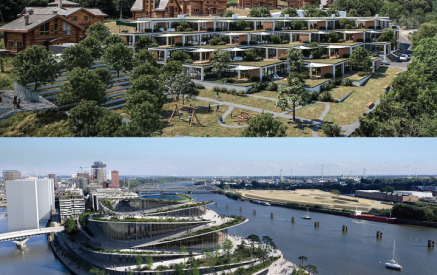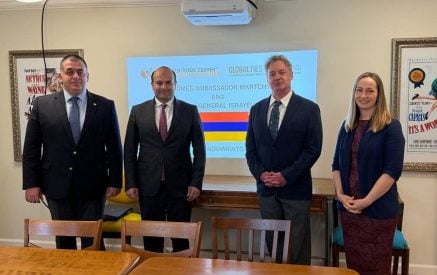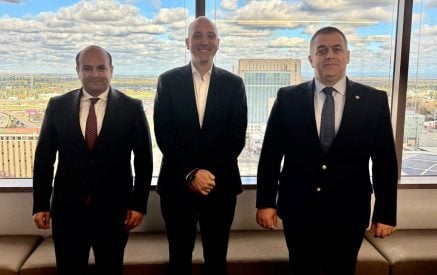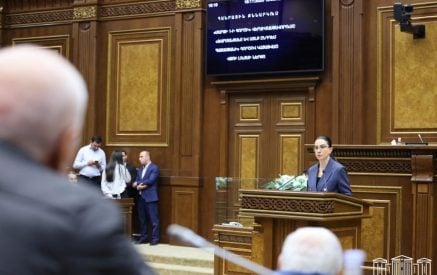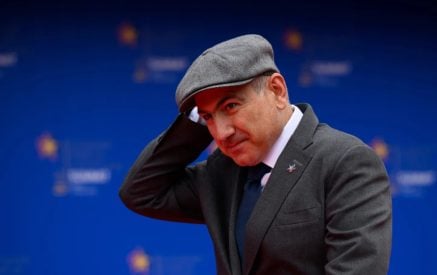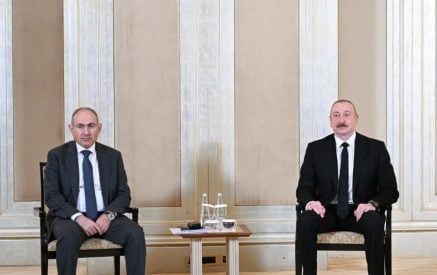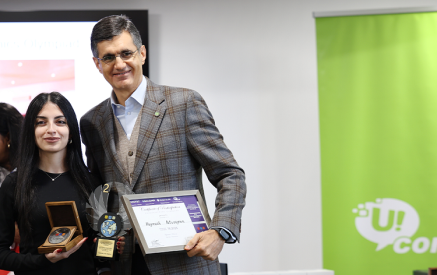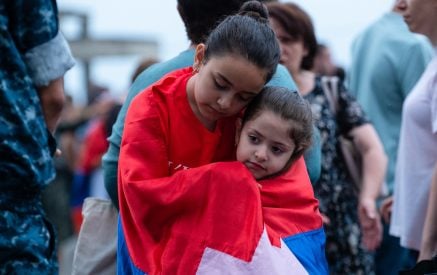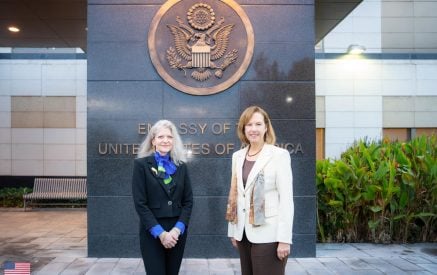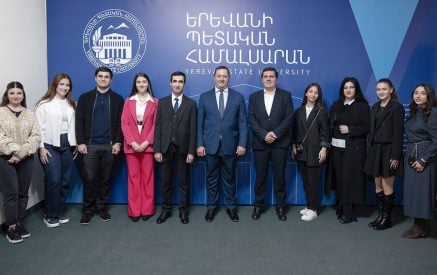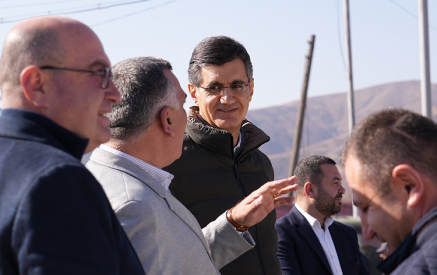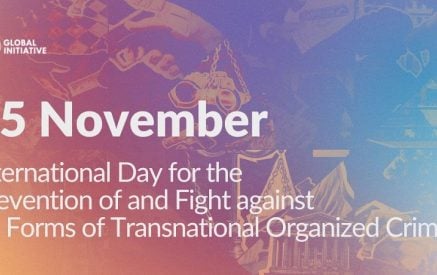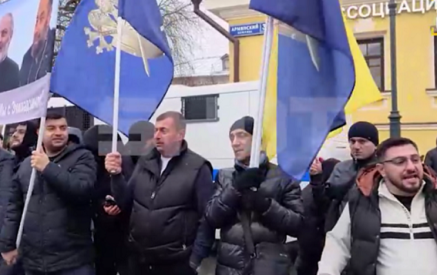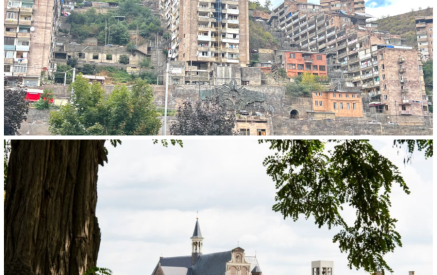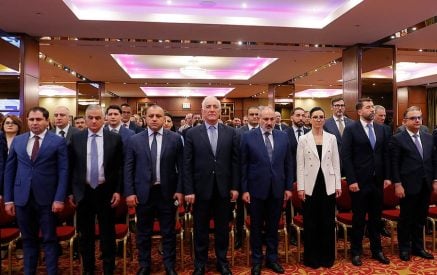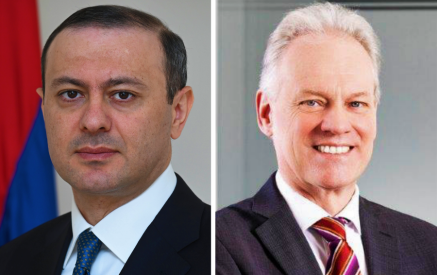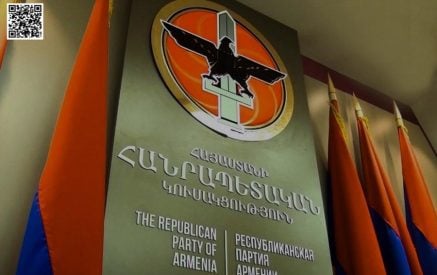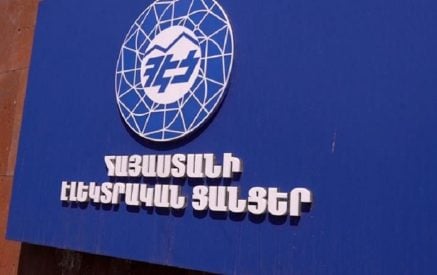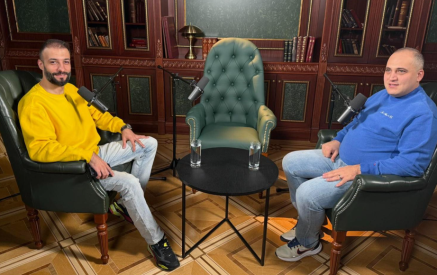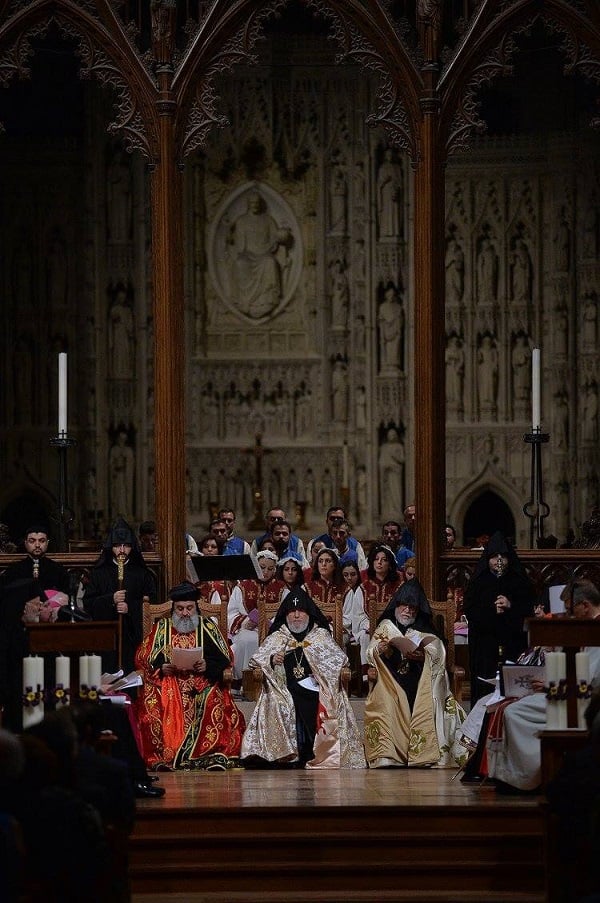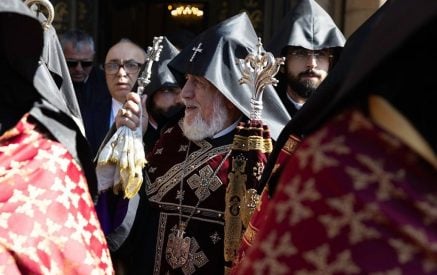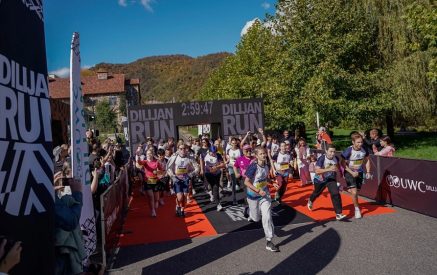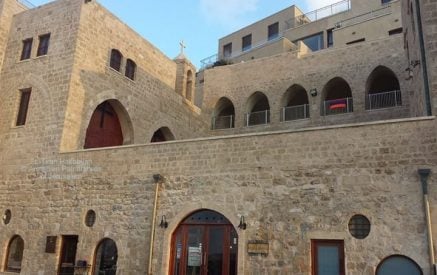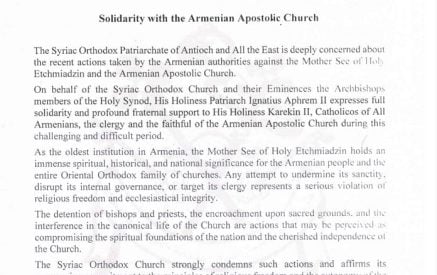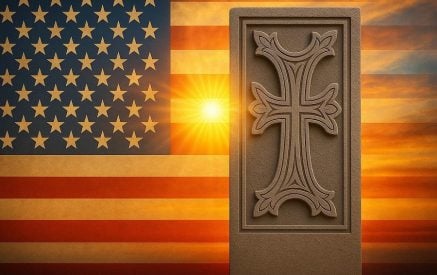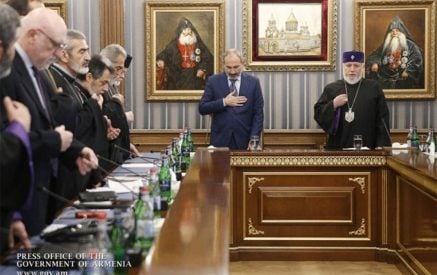The Armenian Weekly. We have a history of intra-communal conflict. It is not unique, but it has certainly influenced our journey. Despite the romantic notions of Vartanantz, there were Armenian feudal lords (nakharas) who did not rally behind the cause and were considered duplicitous. The absence of a sovereign state over the centuries made Armenians targets for division and disunity. Students of our modern history will note that many of the names identified by the Ittihad leadership on April 24, 1915 were offered by Armenians. This is a sad note we prefer not to discuss. We are an independent-minded and diverse-thinking people which has been a double-edged sword, particularly in the post-Genocide errors.
The attributes that have enabled our survival have also contributed to sub-optimizing that survival. This has been particularly evident in the diaspora where, prior to 1991, different perspectives on Soviet Armenia eventually led to intra-communal conflict that altered the structure of the diaspora. It was prominently manifested in the church with the administrative division in 1933-34 after months of debate, arguments and the tragic murder of the sitting Primate Ghevont Tourian. This began an era where several “unaffiliated” churches (that were either expelled or exited depending on your perspective) continued from 1933 to 1956 as independent churches without an allegiance to a hierarchical See. The decision in 1956-57 to seek affiliation with the Great House of Cilicia in Antelias, Lebanon (which until 1915 was seated in Sis, Armenian Cilicia and relocated to Antelias in 1930 as a result of the Genocide) cemented a dual affiliation in the Americas. That administrative division remains in place today with two entities in Canada, Western US and Eastern US.
The division was not limited to the church. As the most prominent institution was divided, the adjacency impact resulted in de facto alignments of certain organizations. The AYF, ARS, ARF, Homenetmen and Hamazkayin were essentially aligned with the Prelacy community, while the ACYOA, AGBU, Tekeyan and ADL were traditionally with the Diocese. The good news is that, particularly since 1991 and a common goal to help sovereign Armenia, the walls built since the 1930s are being dismantled. The emerging generation is basically ambivalent to a problem from the 1930s. Social relationships and collaboration have transcended traditional boundaries with a pan-Armenian atmosphere. The bad news is that the reality of what remains rears its ugly head displaying hypocrisy to the nation.
To illustrate this point , let’s briefly identify the hierarchical Sees of the Armenian Church. For centuries, the Armenian Church has had four hierarchical Sees, each with a distinct history and responsibility. Two of the seats have had a stable geographic presence for centuries. The Patriarchate of Jerusalem was established in the seventh century when the church became a permanent part of the Christian leadership in the Holy Land. Its jurisdiction includes those churches and lands under its responsibility either singularly or jointly with other Christian denominations. It has a rich tradition and is a great presence for the Armenians in the land where Jesus’ ministry on earth took place.
Read also
The Patriarchate of Constantinople (Istanbul) was founded by the Ottoman Sultan Mehmed II in 1461 to lead the Armenian community in the millet system of governance. The Patriarchate has a long and noble history of service to the Armenians of the empire, but has also suffered greatly, particularly in the last 125 years, at the hands of Turkish oppression and interference. Both Patriarchates operate independently, but accept the spiritual hierarchical authority of Holy Etchmiadzin.
Holy Etchmiadzin is the birthplace of the Armenian church where “the only begotten descended” in 301. It is the seat of the supreme Catholicos of All Armenians. Ironically because of political turmoil and instability in the region, the seat was moved many times over the centuries, finally settling in the Cilicia region in the 11th century with the establishment of the Armenian Kingdom of Cilicia. In the 15th century (1441), with conditions in eastern Armenia stabilizing, the seat was returned to Holy Etchmiadzin for the first time in many centuries as it continues today.
The last of the four Sees is the Great House of Cilicia, which continued after the return of the supreme Catholicos to Etchmiadzin in 1441. It began in Sivas early in the 11th century and by the end of the century was in the new kingdom of Cilicia. For nearly 400 years, the Catholicos of All Armenians resided in Cilicia. After 1441, the Great House of Cilicia continued, eventually moving to Sis administering to the needs of the Armenians in Cilicia. The Cathedral and monastic complex were destroyed during the Genocide. After Turkish nationalists retook Cilicia in 1921, the See was without a permanent home tending to the refugee needs in former Ottoman territories. The See settled in Antelias, Lebanon in 1930 on a site owned by the Near East Foundation where it remains today. The See recognizes the primacy of the Holy See of Etchmiadzin. It is interesting to note that today what most Armenians are aware of are the jurisdictional conflicts between the Holy Sees of Etchmiadzin and Cilicia, which are post-Genocide issues. For many centuries the four Sees operated with major disagreement. These matters of conflict seem to find their source in external factors (geo-politics, genocide, creation of the diaspora), but we tend to define them as internal disagreements.
A great deal has changed with 2020. The Cold War and its secondary conflicts are long gone. Armenia and the church institutions live in a free state. Our conflicts were masked for decades by larger global issues. There is no excuse for the church Sees to not resolve any open disagreement. There is a tendency to exclude the laity from these realities as if they don’t exist. Coming together when the leaders deem it convenient is unacceptable. As many have reminded me, it has improved. True, but the need has increased at a pace greater than the progress. We should remind ourselves that the remaining issues are self-imposed. During the Soviet era, it was difficult to resolve issues when the church was under the control of the Soviets. Today, they are experiencing more freedom than at any point in modern history. An institution based on Christian love must lead with reconciliation and forgiveness.
In 2015, we commemorated the 100th anniversary of the Genocide. There was a particularly powerful event held in Washington D.C. The Holy Badarak was celebrated with His Holiness’ Karekin II and Aram I. It was a beautiful sight as priests from both the Prelacy and Diocese offered Holy Communion to the faithful. The ultimate unity, the Body and Blood of Christ, was the gift of that day. As a church there is no greater statement, no reverse gear. After that weekend, several of us suggested to both the Prelacy and the Diocese that the respective Vehapars should conduct Hrashapar service in the “others” parishes. Break down those walls after the Holy Communion experience. Sadly we were almost laughed at. Let’s not push it was the common response. How can we not expect continued Christian love and respect after sharing the most holy of His gifts? It is shameful that our church does not have the will and courage to build momentum after major breakthroughs. That day I recall many of my diocesan friends saying how impressed they were with Aram I, and for most, it was their first encounter. It reminded me of my youth in the Prelacy where I admired Archbishop Tiran Nersoyan for his courage and vision, yet our paths would not naturally cross until I decided to expand my horizon.
The leaders of the hierarchical Sees must “walk the talk” within their jurisdictions and provide us with a sustained sense of oneness. The days of becoming one church when it is convenient for large public issues (earthquakes, genocide, etc.) only to return to business as usual is both a turnoff and hypocritical. Today, the perception of the newly-elected Patriarch Sahag in Istanbul is still open. He gets a pass from many for the dire conditions of leading a church under Turkish oppression. The early indications are that he will be a placater to the government. In Jerusalem, Patriarch Nurhan is a strong leader who has brought stability and strong leadership to a seat that operates under challenging circumstances. Aram I is a highly respected intellectual and spiritual leader who was mentored by Karekin I of blessed memory. Aram Vehapar has been consumed by the instability of the Middle East and its impact on the Armenian communities, particularly in Lebanon and Syria. Karekin II’s popularity has plummeted after years of corruption allegations. His visibility in the public has diminished as it has been several years since an extended pontifical visit to the United States.
Our church cannot afford to offer sacraments of the church with photo ops and then return to a partitioned state. This only frustrates the faithful further from the euphoria of the Eucharist to the downside of returning to the status quo. We have the most powerful force in the universe as our foundation: God’s love. There is no need for fear. There should be courage, love and the desire to build a stronger church. All of these leaders have titles and jurisdictions, but most importantly they are Armenian clergymen. They need to look at us from that perspective—one faithful community.


